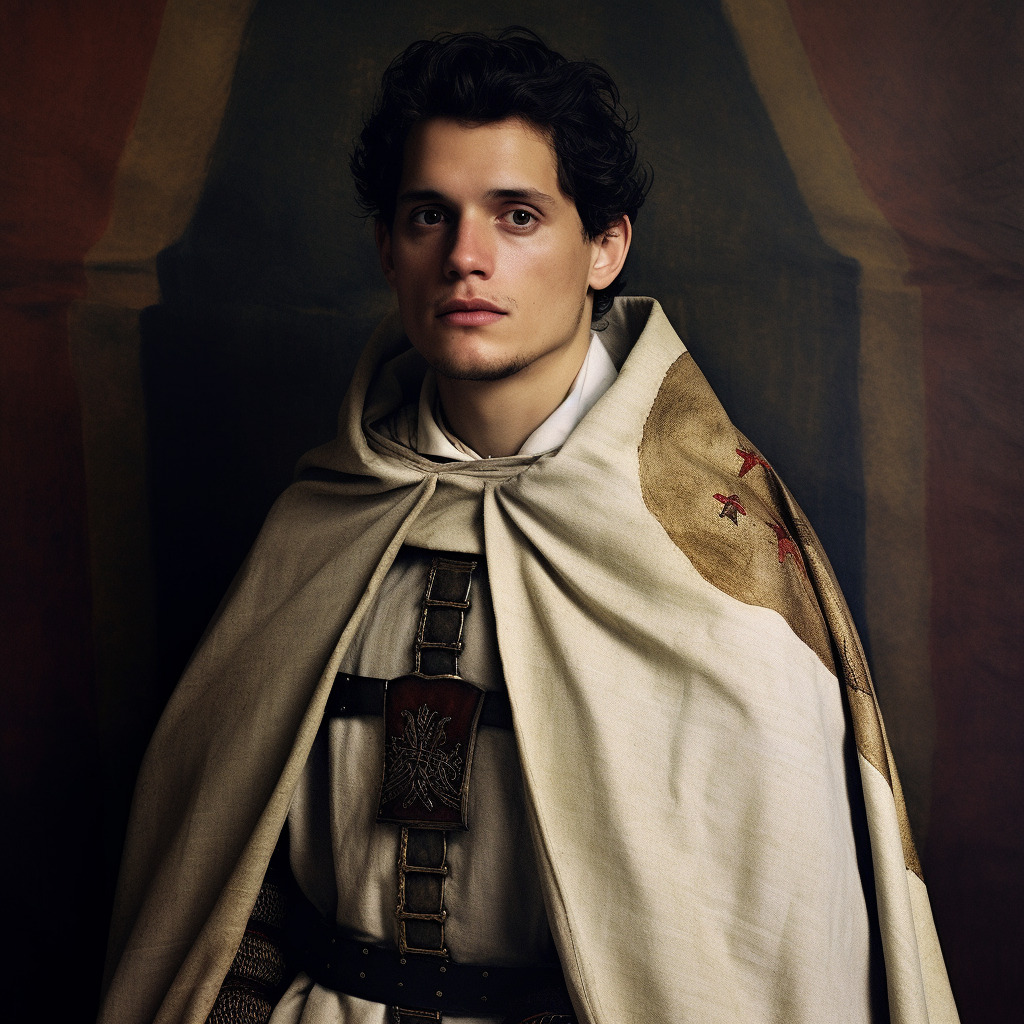
“Saint Bernard of Clairvaux preached at Vézelay in favor of a second crusade at Easter 1146, in front of King Louis VII. Richard I of England and Philip II of France met there and spent three months at the Abbey in 1190 before leaving for the Third Crusade.”
The UNESCO World Heritage site records that the “former French abbey [is] located on a high hill, still called the ‘eternal hill’ [ . . . ]”, which is like that of the sacred (polytheistic) ancient hills in Rome.
They describe what is also leading to Dante’s writing and his real individual incarnations of Saint Bernard of Clairvaux who loved Provençe and the troubadours and who in the Paradiso in Cantica 33 prays to the Virgin Mary saying “Vergine madre, figlia del tuo figlio” (translated as “Virgin mother, daughter of your son”)—and Michelangelo later taking this up in the age of his Mary in his Pietà, and thus addressing their relationship in a different way; and of Saint Francis of Assisi who is “sent by god to bring Dante into the afterlife” all very much tied here to this Abbey and its medieval history:
“In 1146, St Bernard preached the Second Crusade there before King Louis VII, Queen Eleanor and a throng of nobles, prelates and people gathered on the hill. In 1190, Richard the Lion-Hearted and Philip Augustus met there to leave for the Third Crusade. In 1217, Francis of Assisi chose the hill of Vézelay to found the first Franciscan establishment on French soil” (whc.unesco.org Retrieved 3.9.22).
Veźelay also then plays an important historical part in the Divine Comedy and its embodiment on earth, in the reality of the narrative, as Dante is showing, being played out towards revelation.

This history is tied to the lineage of music through this poetic.
Teodolinda Barolini writes on Digital Dante:
“The prayer to the Virgin, uttered by Saint Bernard, requests intercession for the pilgrim that he may complete his quest to attain the “beatific vision”: a vision of the Transcendent Principle that holds the universe together, “bound by love in one volume” (Par. 33.86). The prayer to the Virgin and the transitional verses that follow it encompass the first 45 verses of the canto: Bernard’s prayer in the present tense of the journey, verses 1-39, and the coda to the prayer that introduces the narrative past tense (the narrator looking back at the journey), verses 40-45.”
